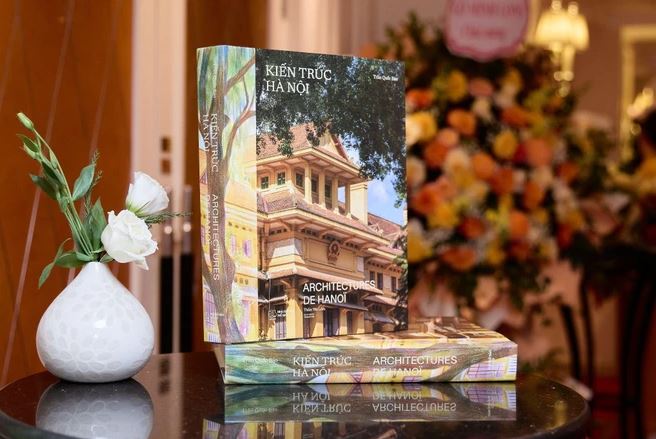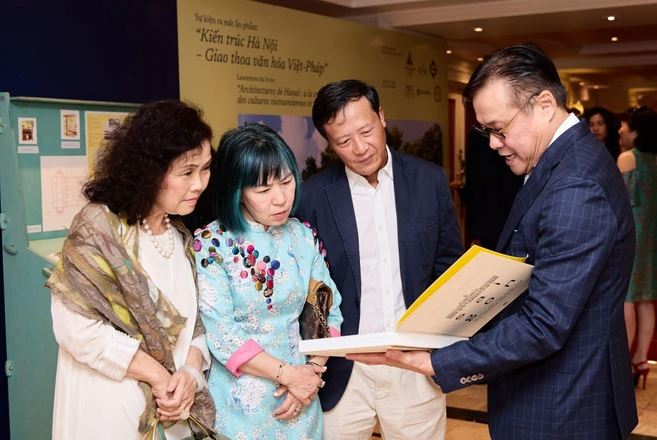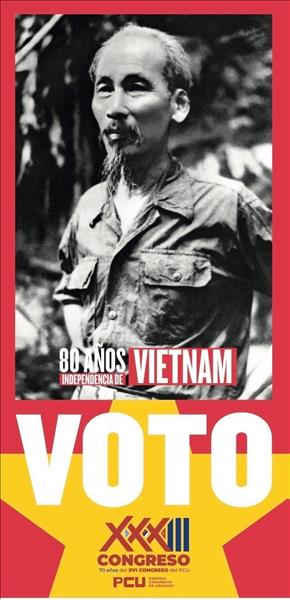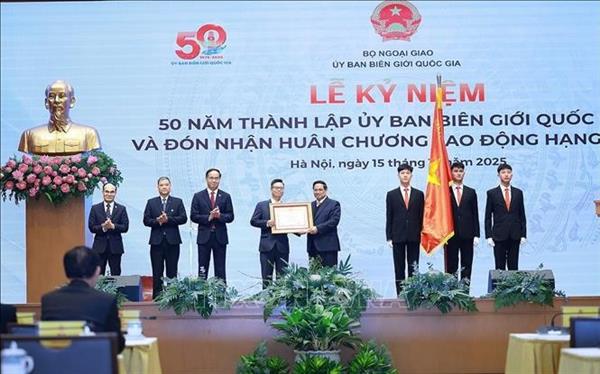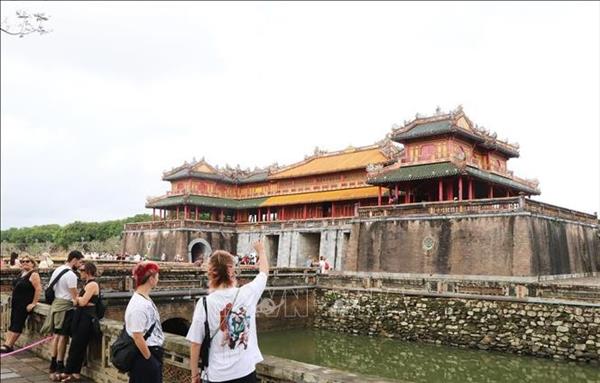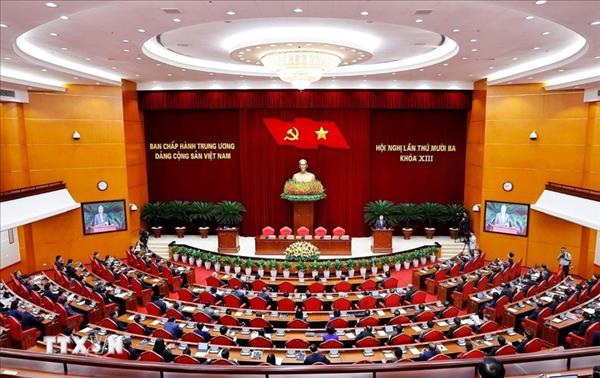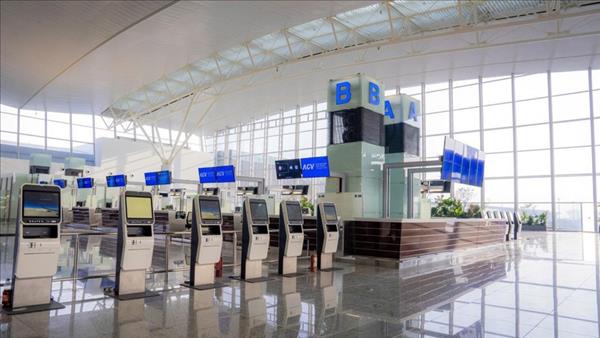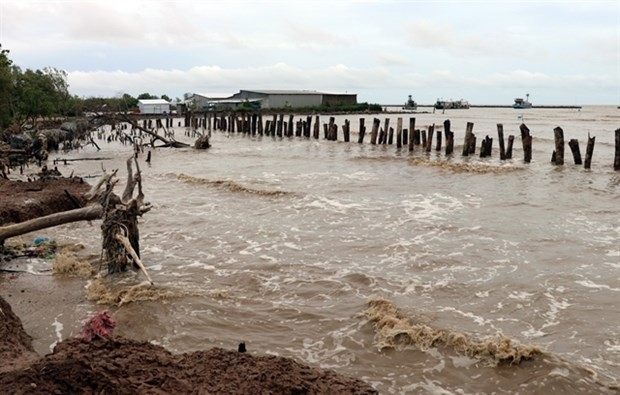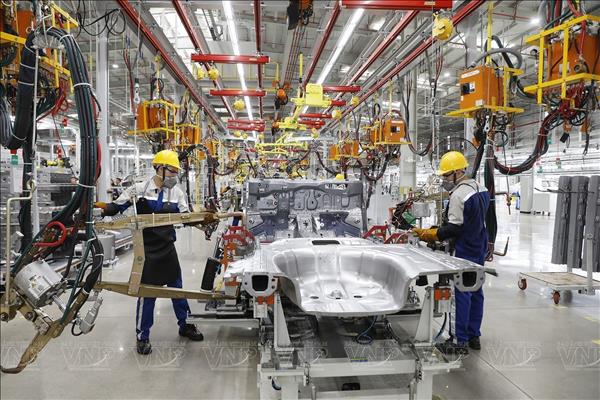Sun Group and AA Architecture Construction Joint Stock Company on December 6 launched the book "Hanoi Architecture – The Cultural Intersection of Vietnam and France."
Beyond being an art book, it can be viewed as an academic historical work, offering a youthful and artistic perspective on Hanoi’s architectural beauty through historical periods.
After republishing the book "Saigon 1968 - 1998, Three Centuries of Development and Construction" in 2015, the passion for preserving and promoting understanding of architecture, especially that of Hanoi, motivated the AA Architecture Construction Joint Stock Company and its partners to officially initiate a project dedicated to the architectural art of the capital titled "Hanoi Architecture – The Cultural Intersection of Vietnam and France."
The project led by the company began in 2022. It is sponsored by the Sun Group, Maurice Nguyen – the great-grandson of the renowned architect François Charles Lagisquet - one of the architects who designed the Hanoi Opera House, AKA Furniture, Cara, and RuNam café-restaurant chain.
The book was developed by a strong advisory board, with its content written in Vietnamese by Dr. Tran Quoc Bao – an architect and lecturer at Hanoi University of Civil Engineering, and translated into French by translator Tham Yen Linh. A majority of photos were taken by photographer Le Hoang. The project leader is Tran Hai Anh who is well-known in Vietnam for the comic book "Song" [Living] (Kim Dong Publishing, 2023).
After two years, with the team’s seriousness and dedication, 1,500 copies of "Hanoi Architecture – The Cultural Intersection of Vietnam and France," published by the World Publishing House and distributed by Phanbook, have officially been released. The hardcover book features an impressive design, 364 pages long, bilingual in Vietnamese and French, accompanied by a short video documenting the research and creation process.
Like a historical chronicle of Hanoi written through architectural art, the book provides readers with a panoramic view of the architectural beauty of Hanoi throughout different periods with Part 1: Ancient Thang Long – Hanoi; Part 2: Colonial Hanoi Architecture featuring styles like Beaux-Arts, Art Deco, Indochine, Early Colonial Architecture, Steel Architecture, and Gothic; and Part 3: Hanoi Architecture after 1954.
Reading "Hanoi Architecture – The Cultural Intersection of Vietnam and France," one can feels as though they are watching a film about the history of Hanoi, or rather, traveling back in time to the 19th and 20th century Hanoi alongside the authors, exploring the nooks and details of 18 representative architectural works from various periods, particularly those from the colonial era such as the Presidential Palace, Hanoi Opera House, Government Guest House, Supreme People's Court, Hoa Lo Prison, Metropole Hanoi Hotel, and Chu Van An High School Library.
From the foundational architecture of ancient Thang Long-Hanoi in the 18th century and earlier, with its “old paths for horse-drawn carriages,” connecting rustic areas to urban centres; to the transformative integration and adoption of Western architectural artistry during the colonial period, including Beaux-Arts, Art Deco, and Gothic styles; to the fluent blending of global architectural excellence with local culture. Each historical architectural piece is interpreted simply, gently and emotionally.
Readers will notice that the grandeur typical of Beaux-Arts style in the Presidential Palace is interwoven with traditional Vietnamese decorative motifs. Similarly, typical Art Deco buildings like the State Bank of Vietnam cleverly incorporate exquisite Vietnamese elements. These intersections, even as mere brush strokes, clearly demonstrate the value and influence of Vietnamese culture and architecture on architects and historical architectural legacies such as French architecture.
As readers journey through each section of the book, they will feel both familiar and new because these buildings are deeply ingrained in every moment of Hanoi life but they can also find architectural details and historical values that are being revealed for the first time. Ultimately, each word and image in the book conveys a profound love for Hanoi, depicted through architectural lines, eloquent language, and vibrant visuals, as if history is coming alive.
Sharing the inspiration behind the book, Chairman of the AA Architecture Construction Joint Stock Company Nguyen Quoc Khanh said that: “Architecture is the pinnacle of creativity through the synthesis of fine arts and construction science. The architecture of a nation is part of its culture and history. With the desire to preserve the invaluable architectural heritage that history has bestowed upon Hanoi, we are determined to create this book with a completely new approach compared to previous architectural books.”
According to Khanh, alongside contributions from experienced experts, researchers, and architects, most of the team that produced the book consists of young individuals in their 30s. They bring a creative, fresh, and modern research approach. The book promises to provide not only profound professional values and showcase many rare images never published before, but also to present them in an engaging and accessible manner, appealing to a wide audience, especially the youth, transcending the confines of traditional academic communities.
“The book's greatest goal is to spread love for Hanoi and raise awareness about preserving the architectural cultural heritage of the capital, particularly among the younger generation. They are the future, the ones who will continue to safeguard and promote the value of this heritage for generations to come,” Khanh said.
Dr. architect Phan Dang Son, President of the Vietnam Association of Architects, wrote in the book's preface: “With a concise, coherent presentation that clearly describes the upheavals of Hanoi's architecture, along with the ability and passion of the writers, this book has achieved its goal of contributing to preserving the culture of a city with a history of thousand years.
Architect Le Thanh Vinh, former Director of the Vietnam Institute of Cultural Heritage Conservation, remarked: “This book will once again take us to those remarkable structures, architectural heritages from the late 19th to the early 20th century in Hanoi. They not only serve important functions as key elements in forming architectural beauty and urban development but also create an eternal framework for memories, a solid foundation for future growth…”
Creating a book that honours the architectural beauty of Hanoi throughout history is the approach chosen by the young management and design team along with the AA Architecture Construction Joint Stock Company and their partners to spread love and awareness about preserving the cultural heritage of the capital to the younger generation. The serious and creative research methods of the team have resulted in a book with full of emotions. This alone is enough to make anyone want to pick up the book and dedicate their love to Hanoi in a uniquely different way, just as the book authors have guided their readers./.

